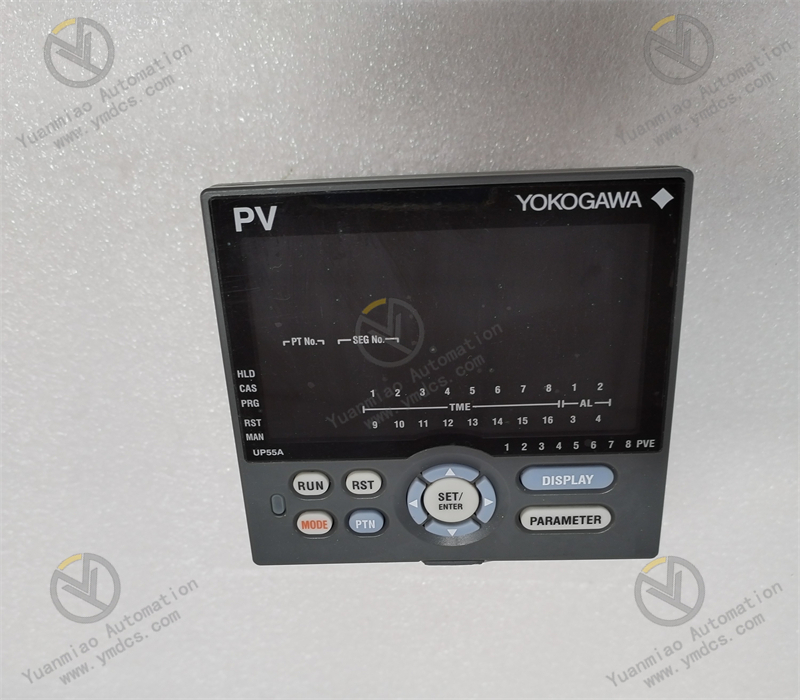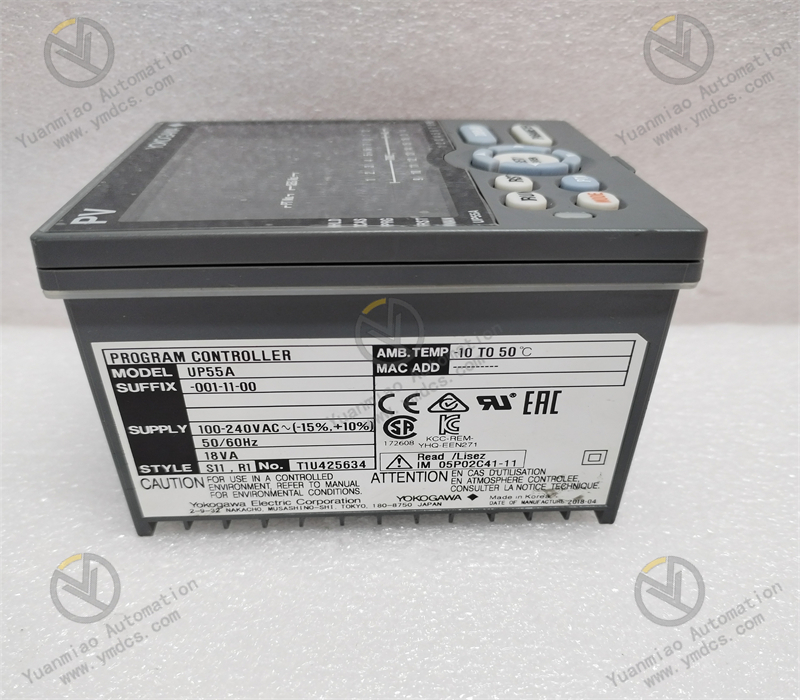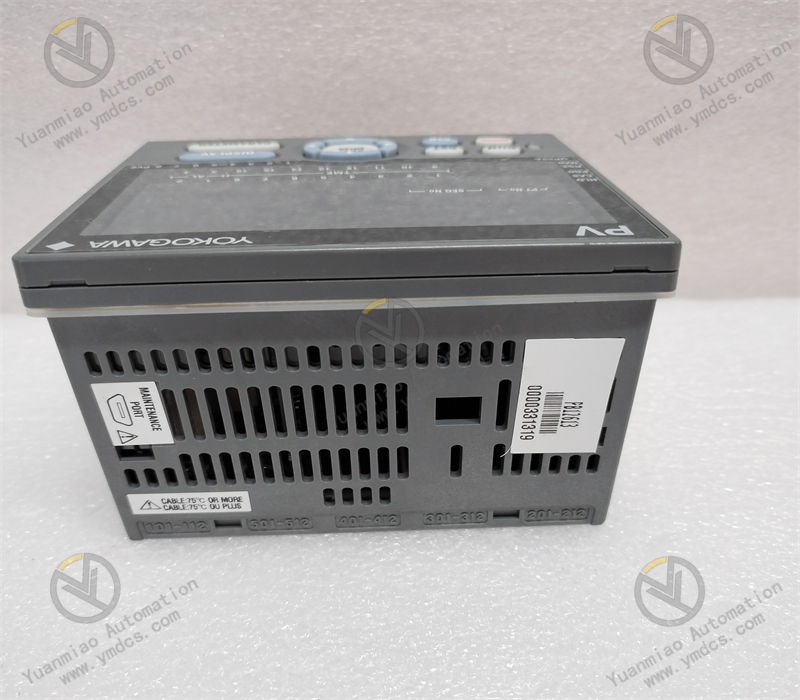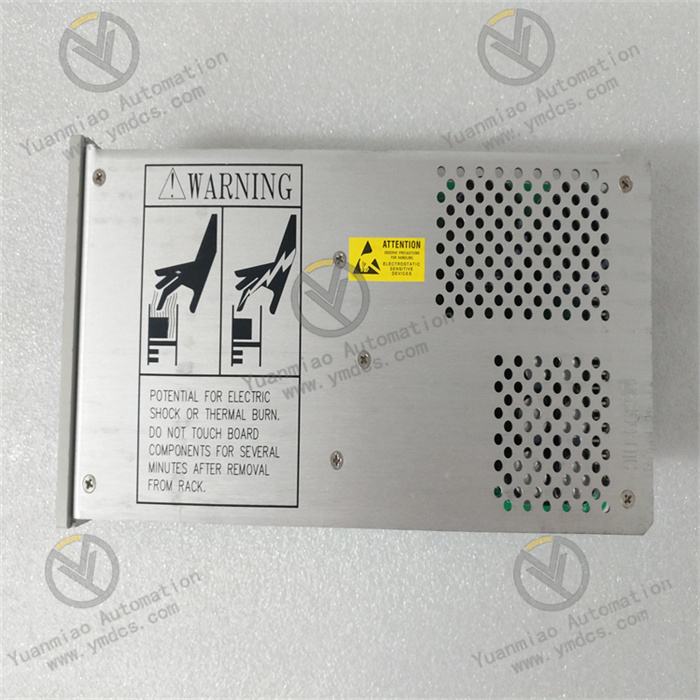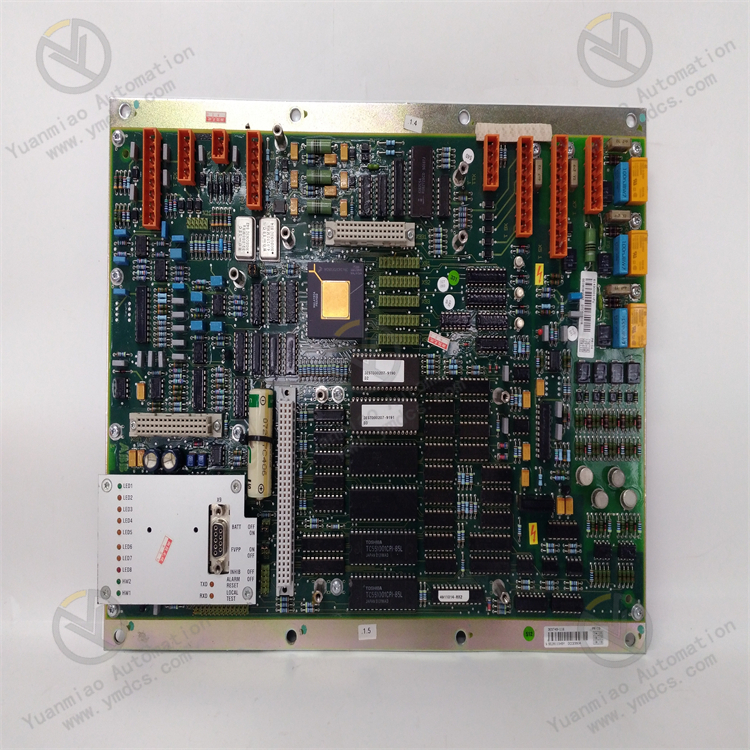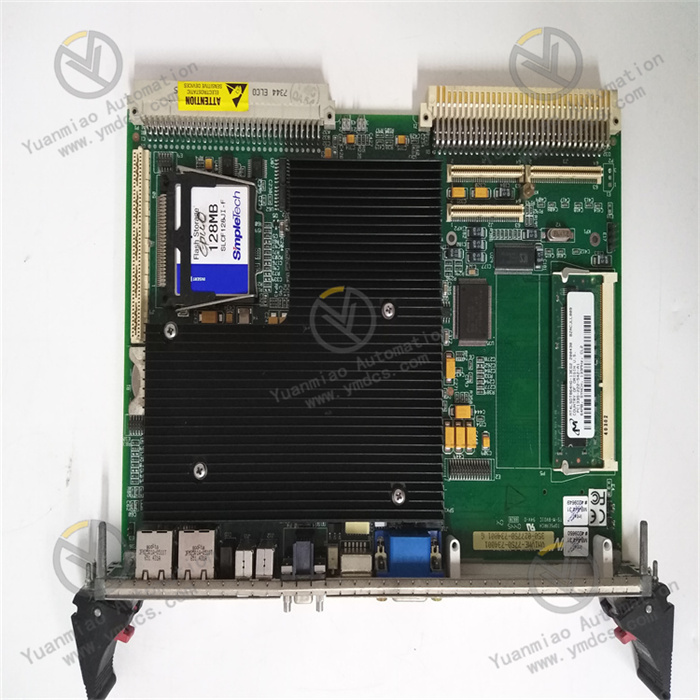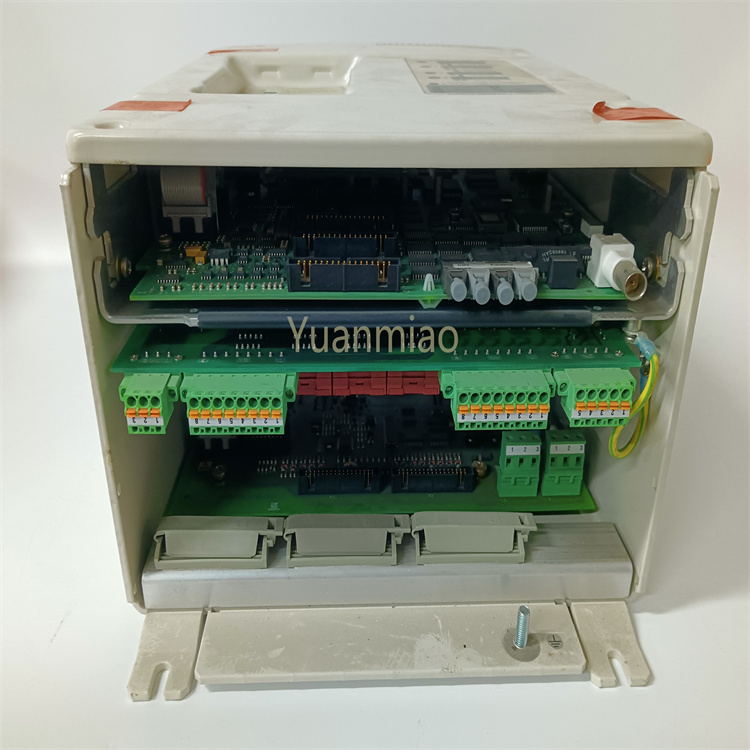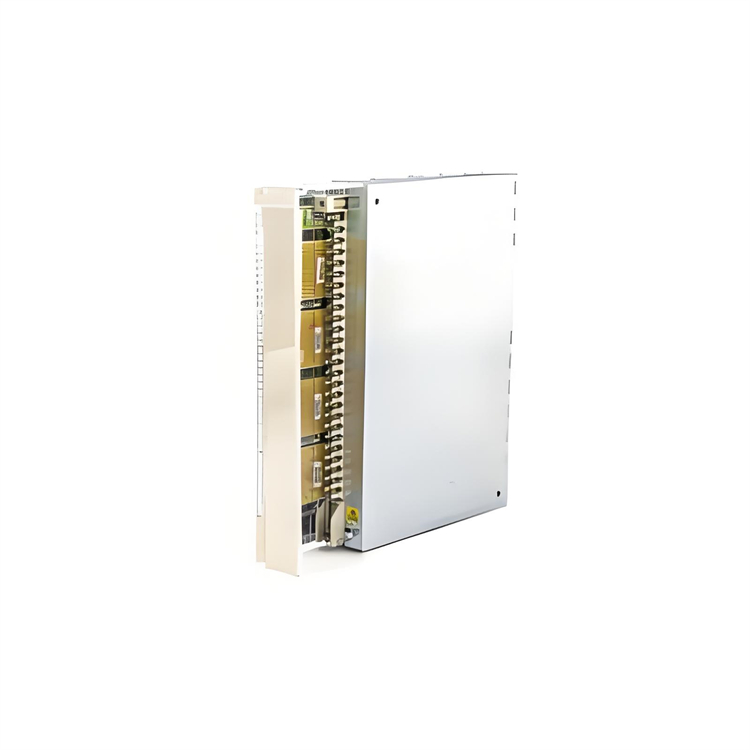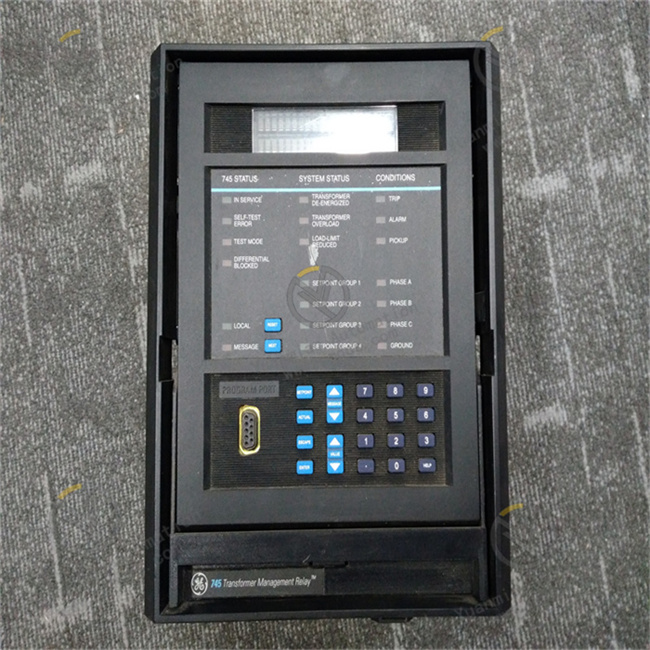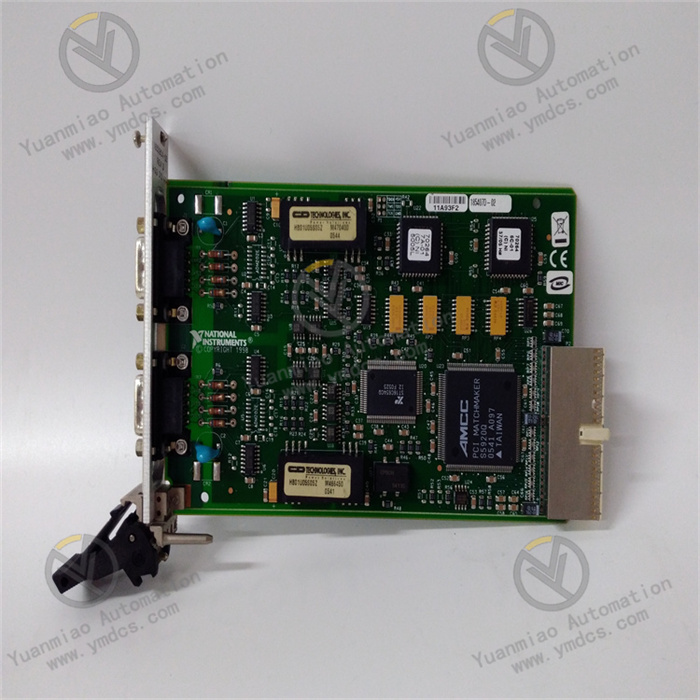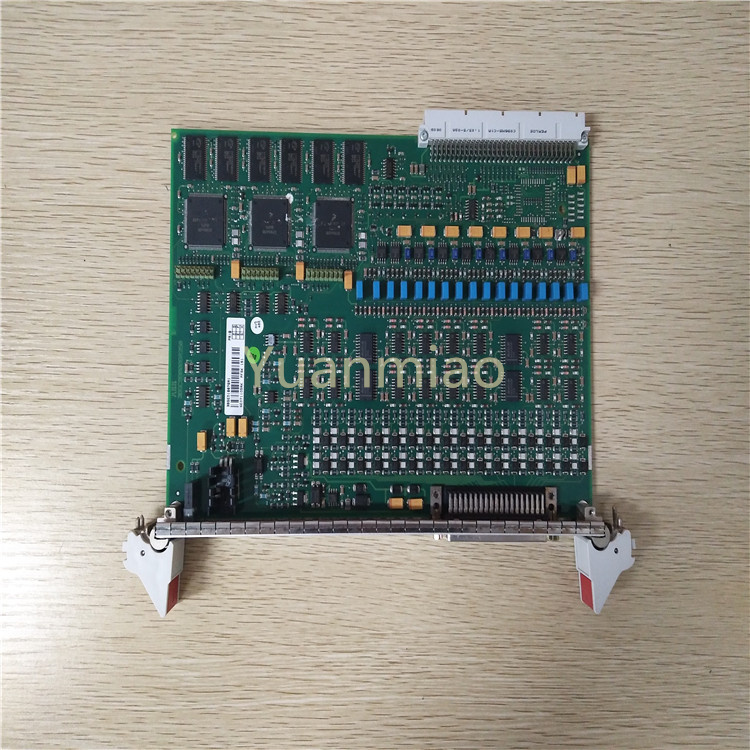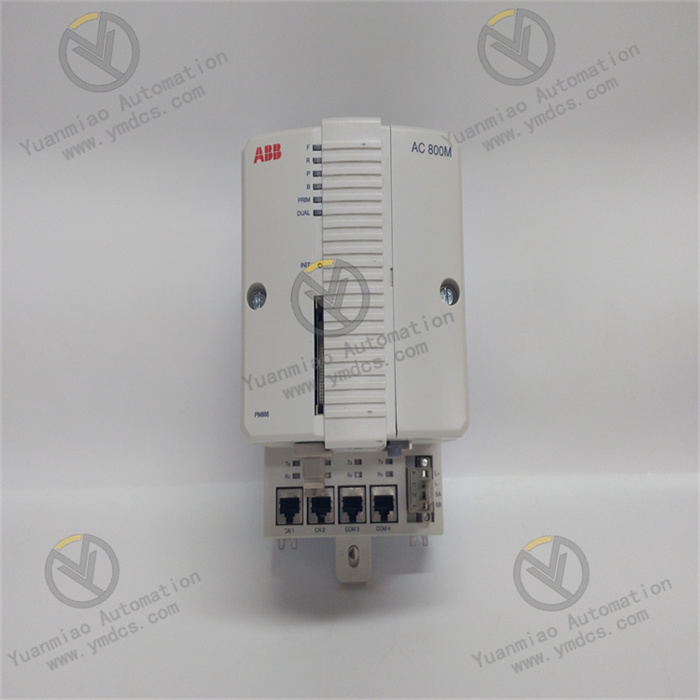Description
Functional Features High-speed Data Processing: It has powerful computing capabilities and can quickly process various data from the industrial field, such as parameters like temperature, pressure, and flow rate, enabling real-time monitoring and control of the production process. Communication Function: It supports multiple communication protocols and can perform stable data transmission and communication with other devices (such as sensors, actuators, and host computers), achieving system integration and remote monitoring. For example, it can interact with the monitoring system via Ethernet, upload the operating status information of the device, and receive control commands. High-precision Measurement: It has high measurement accuracy for analog and digital quantities, and can accurately collect and convert signals, providing reliable data support for the precise control of the production process. Reliable Stability: It uses high-quality electronic components and advanced manufacturing processes, has strong anti-interference ability, can operate stably in harsh industrial environments (such as high temperature, high humidity, and strong electromagnetic interference), and reduces the occurrence of equipment failures. Flexible Configuration: It can be flexibly configured according to different application requirements, such as the setting of input and output channels, the adjustment of the measurement range, and the configuration of communication parameters, to adapt to different industrial control scenarios.

Manufacturer : Yokogawa
Product No. : UP55A-001-11-00
Product type : UP55A Program Controller
Number of Program pattern : Max. 30 (Max. 99 with /AP option)
Number of program segment per pattern : Max. 99 (Max. 600 with /AP option)
Total number of program segments : Max. 300 (Total of all program patterns)
Segment time : 0.00 to 999.59 (hour.minute or minute. second)
Number of PV event : 8
Number of Time event : 16
Time of time event : 0.01 to 999.59 (hour.minute or minute. second)
Number of repeat cycle : 0 to 999, CONT (limitless number of times)
Wait operation : 5 groups, Can be set the upper-side wait zone and the lower zone for program setpoint.
Synchronized program operation : If the progress of the operation of one unit is faster, the program operation can be forcibly stopped by digital input when switching between segments.
Program pattern link : Available
Program pattern edit : Addition and deleting of program segment can be available. Copy and deletion of program pattern can also be available.
PV display: 5-digit, 14-segment active color LCD (white/red) Character height: 21.5 mm
Data display: 5-digit, 11-segment color LCD (orange)
Bar graph display: 12-segment color LCD (orange)
Number of outputs: Control output: 1 Cooling-side control output of Heating/cooling type: 1
Dimensions (LxWxH) : 6.5cm x 9.6cm x 9.6cm
Shipping Weight : 8 Kg
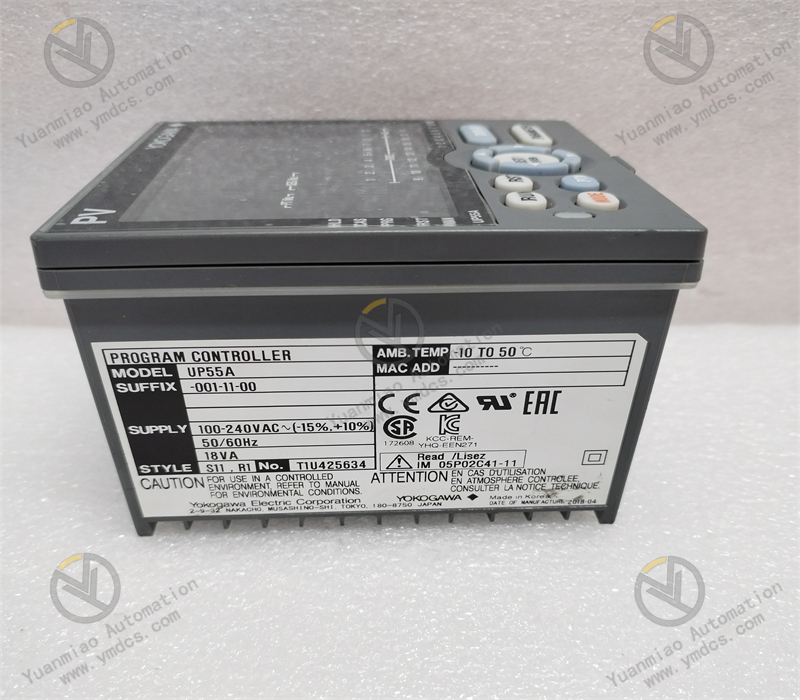
Technical Parameters Power Supply Voltage: It usually uses a DC power supply, such as 24V DC, to ensure the stable operation of the device. Input and Output Channels: It has multiple analog input and output channels and digital input and output channels, and the specific number may vary depending on the model. For example, it may have 8 analog input channels, 4 analog output channels, 16 digital input channels, and 8 digital output channels. Measurement Accuracy: The analog input accuracy can reach ±0.1% FS (full scale), the analog output accuracy can reach ±0.2% FS, and the digital input and output have high reliability and response speed. Communication Interfaces: It supports communication interfaces such as Ethernet and RS-485, and the communication rate can be set according to actual needs. For example, the Ethernet communication rate can reach 10/100Mbps, and the RS-485 communication rate can range from 9600bps to 115200bps, etc. Operating Temperature Range: The general operating temperature range is from -10°C to 55°C, which can adapt to different industrial environment temperatures.
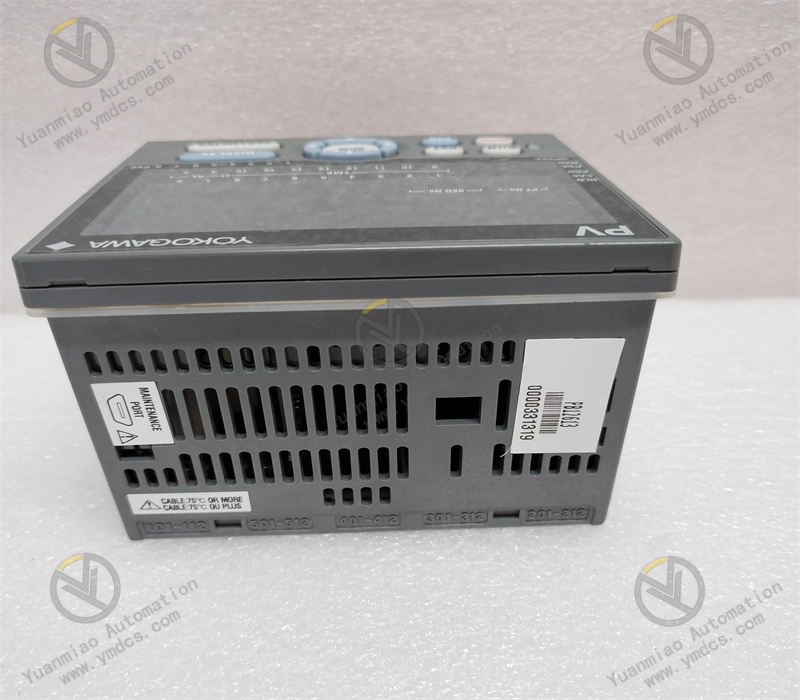
Application Areas Chemical Industry: It is used for the monitoring and control of parameters such as temperature, pressure, and flow rate in the chemical production process to ensure the safety and stability of the production process. For example, it plays an important role in the temperature control of chemical reaction kettles and the adjustment of pipeline flow rates. Power Industry: It can accurately measure and control parameters such as voltage, current, and power in the power system, and is widely applied in aspects such as the monitoring of equipment status in substations and the control of the power distribution system. Oil and Gas Industry: In the processes of oil and gas extraction, transportation, and processing, it can achieve real-time monitoring and adjustment of various process parameters, such as wellhead pressure control and oil and gas flow measurement. Smart Buildings: It participates in the automated control system of smart buildings, monitors and controls systems such as air conditioning systems, lighting systems, and elevator control systems, and realizes intelligent management and energy optimization of the building.

Common Faults and Solutions 1. Communication Faults: They may be caused by damaged communication cables, loose communication interfaces, incorrect communication parameter settings, etc. Solutions include checking whether the communication cables are properly connected and replacing the damaged cables; checking whether the communication interfaces are loose and re-plugging them; confirming whether the communication parameter settings (such as baud rate, data bits, stop bits, and parity check) are correct and resetting the correct parameters. 2. Measurement Errors: They may be caused by sensor failures, interference of input signals, improper setting of the measurement range, etc. Solutions include checking whether the sensors are working properly and replacing the faulty sensors; taking electromagnetic shielding measures to reduce the interference of input signals; checking whether the measurement range setting is reasonable and adjusting the measurement range according to the actual signal size. 3. Power Supply Faults: They may be caused by damaged power modules, abnormal power input, etc. Solutions include checking whether the power module has phenomena such as overheating and damage and replacing the faulty power module; checking whether the power input voltage is within the allowable range of the device to ensure normal power input. 4. Module Faults: They may be caused by damaged electronic components, overvoltage, overcurrent, etc. Solutions include using professional detection equipment to detect the module, finding and replacing the faulty components; checking whether the module is affected by overvoltage and overcurrent and taking corresponding protection measures, such as installing overvoltage and overcurrent protection devices.


